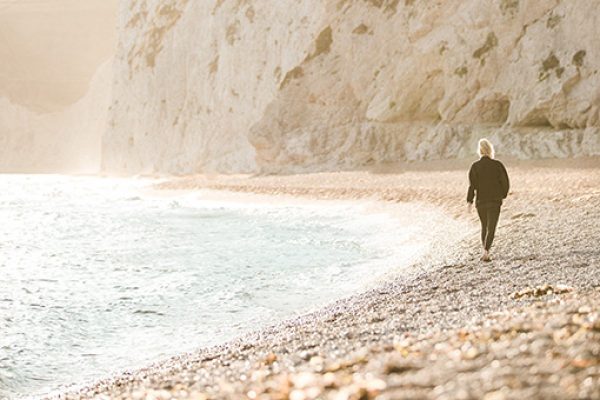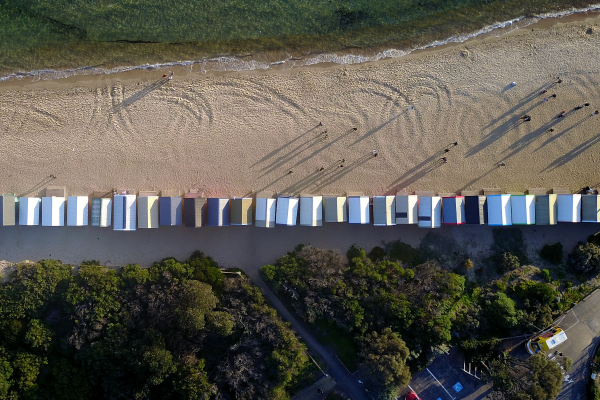Previous studies have used a range of residential distance categories to operationalise how far someone lives from their nearest blue space to define access to, likely use of, or simply general ‘exposure’ to, these environments. This has made comparability across studies and countries difficult.
By drawing on data from 18 countries in the BlueHealth International Survey, our aim was to investigate the possibility of developing a more consistent set of distance categories that could be used to aid future comparability.
Researchers compared where people lived in comparison to their nearest blue spaces, such as the coast, lakes, and rivers. Next, they measured their probability of making recreational visits to those blue spaces at least weekly within the last four weeks. Finally, researchers grouped the number of visits into types of blue spaces to uncover any relationships between recreational visits to coastal and inland spaces as a result of how far people live from them.
The report suggests that the distances people live from blue spaces including coasts, lakes, and rivers, are exponentially related to how likely they are to visit them and receive their health-promoting benefits. The research also highlights that on average people are likely to travel further (up to 50k) to visit the coastline, yet 5k for lakes and 2.5k rivers. These also vary according to country. For example, countries bordering the Mediterranean Sea appear to have a more pronounced distance-decay relationship regarding distances to coasts. This could suggest that factors like climate and culture may also impact the distance people travel.
The paper’s findings demonstrate a marked distance-decay effect concerning how likely people are to make recreational visits to blue spaces based on where they live, recommending categories for future research which attempts to associate residential distance to blue space with a health outcome.
You can access the full paper in the journal Landscape and Urban Planning.













